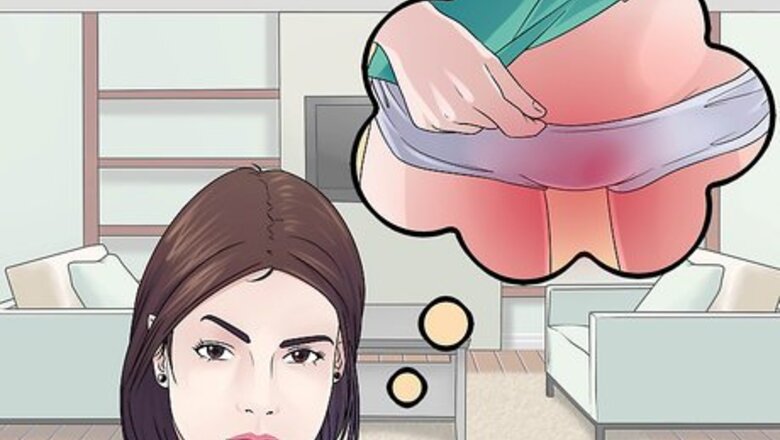
views
X
Trustworthy Source
PubMed Central
Journal archive from the U.S. National Institutes of Health
Go to source
[2]
X
Research source
Because the vagina is essentially exposed to the outside environment and is influenced by the body’s internal environment, there are a number of conditions that may develop. These conditions can lead to vaginal burning. If you are experiencing vaginal burning, learn how to deal with it so you can experience some relief.
Treating Vaginal Burning Medically
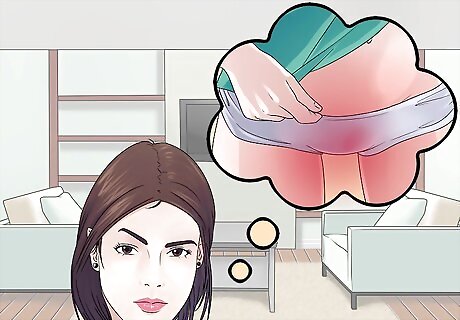
Know what conditions cause vaginal burning. Various conditions can develop in the vagina. One symptom of many conditions is vaginal burning. Some of these conditions are serious and others are minor. The following conditions can affect the vagina and cause burning: Vaginitis or inflammation of the vagina. Vaginitis is often accompanied by symptoms of burning, itching, and discharge, often with a changed odor. Vaginitis is commonly caused by yeast or bacterial infections. Infections caused by bacteria, like gonorrhea Fungus, like yeast infections such as Candida Viruses, like genital warts caused by human papillomavirus (HPV) and genital herpes caused by herpes simplex virus Parasites causing trichomoniasis and chlamydia Cancer of the vagina Vaginal prolapse
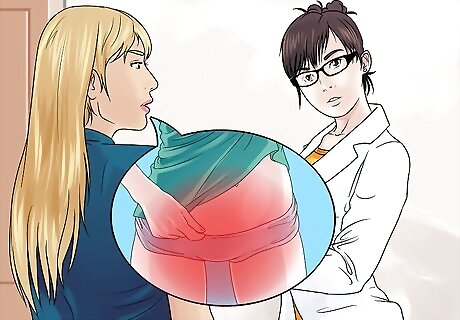
Diagnose vaginal burning. Vaginal burning is commonly caused by infections, irritation from a tampon or douching, using vaginal hygiene products, diabetes, urinary tract infections, and by normal changes in hormonal levels. Determine if your vaginal burning may be from tampon usage, a recent douching, or use of other vaginal hygiene products. If you think the cause may be medical, the specific cause can be determined by a pelvic exam, microscopic examination of any vaginal discharge and vaginal swabs, taking a culture of vaginal organisms to determine the cause of an infection, or taking a Pap smear. In rarer cases, you may need a colposcopy to closely examine the vaginal walls or cervix, or a vaginal biopsy.
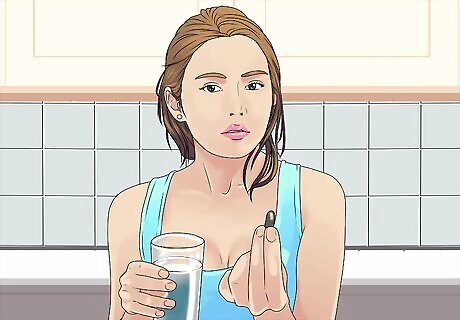
Treat a yeast infection with over-the-counter meds. If you have previously had a vaginal yeast infection and are certain that what you are experiencing is another yeast infection, you can use over-the-counter treatments that are available in most drug stores to treat the yeast infection. If there is no relief within three to five days, make an appointment with your doctor or OB/GYN. Some untreated infections can cause serious consequences, including pelvic inflammatory disease (PID) and sterility.

Visit your doctor. Any vaginal burning that you don’t think is just a yeast infection should be evaluated by a physician. Your doctor can give you an exam to determine what is causing the burning and catch issues that may develop into more serious conditions if left untreated. Vaginal bacterial infections can be treated medically with either topical or oral antimicrobials. These are usually used once or twice a day for five to seven days. Yeast infections can be treated with prescription oral antifungal medication if over-the-counter treatments don’t work. Trichomoniasis is always treated with oral medication.
Relieving Vaginal Burning Due to Irritation

Use good vaginal hygiene. Keeping your vaginal area clean can help reduce any burning or itching sensations. Take a daily shower and clean yourself well. Never use douche. Your vagina contains both beneficial and harmful bacteria, carefully balanced to create an ideal, acidic environment. When you use douche, this balance is disrupted and can lead to an overgrowth of the bad bacteria. This can lead to a yeast infection or bacterial vaginosis and can push an infection deeper into your body where it can cause more harm. You do not need any special products, like douche, to clean your vagina. The mucus made by your vagina naturally cleans blood, semen, and vaginal discharge. Simple soap and water should be enough to clean your vagina. After using the toilet, always wipe yourself from front to back. This prevents bacteria from fecal matter from getting in your vagina. Avoid using scented tampons, pads, powders, and sprays. In addition, consider using natural or fragrance-free detergents to launder your clothes.
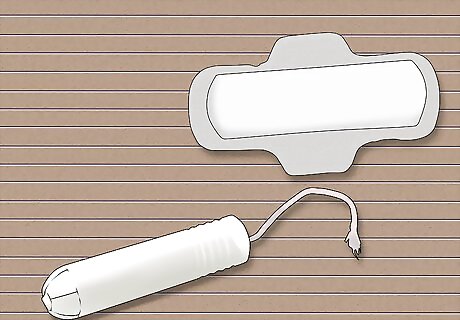
Switch your menstrual product. Tampons or sanitary pads can cause irritation of the vagina or vulva, which may lead to burning. Tampons can irritate the inside of your vagina, while sanitary pads and menstrual blood can irritate your vulva. If you use tampons and believe this may be the cause of your burning, start using sanitary pads instead. If you use sanitary pads, try switching to tampons.

Wear cotton underwear. If you are itching, switch to 100% cotton underwear, which is breathable and may reduce itching. Try to avoid wearing other fabrics, like lace, satin, polyester, or some other fabric that doesn’t breathe. Also change your underwear every day. Avoid wearing tight underwear and tight pants.
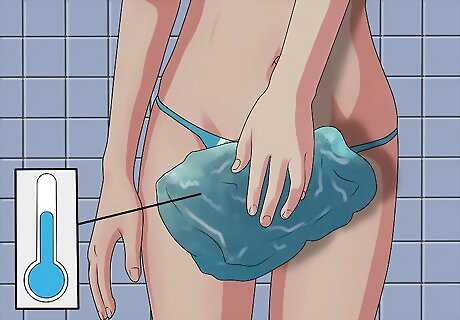
Try a cold compress. A simple approach to help reduce vaginal burning is using a cold compress. A cold compress or ice pack can help sooth inflamed and irritated skin. Soak a cotton washcloth in cold water. Apply to the vulva or vaginal area for about five minutes as often as needed. Add a few ice cubes inside the washcloth before you apply it to the area.
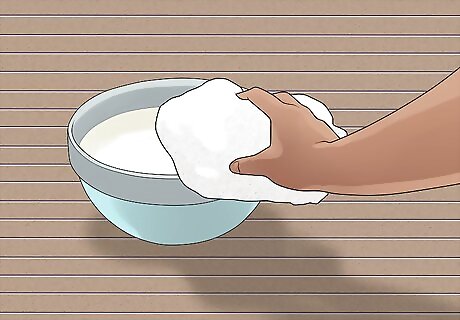
Make a milk compress. Milk is often used to soothe minor burns. It is also a common treatment for relief of dry, itchy, and inflamed skin. Try using a milk compress against your vagina to help reduce the burning. Soak a cotton washcloth in cold milk and apply to the vulva or vaginal area for about five minutes as often as needed. You can also use kefir, a fermented milk rich in probiotics, in place of the milk.
Using Herbal Remedies to Treat Bacterial or Fungal Infections
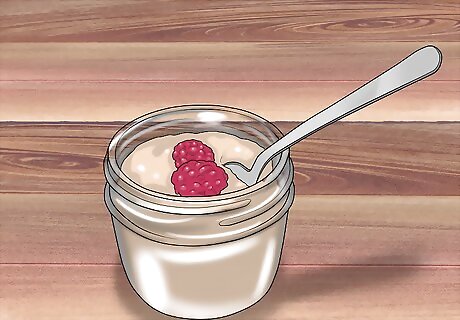
Eat yogurt. Eating yogurt may help treat yeast infections and reduce the symptoms. Yogurt contains probiotics, which can kill harmful bacteria but encourage the growth of good bacteria. Eat can a cup or two of yogurt daily. Do not insert yogurt into your vagina. While this was once a recommended home remedy, this has not been shown to have any effect on treating a yeast infection.
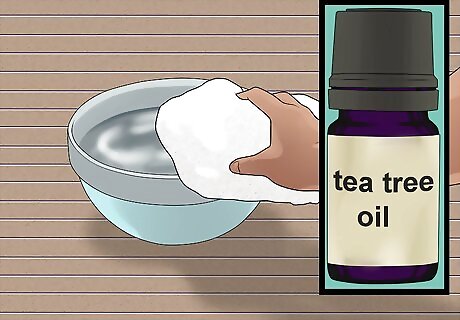
Use tea tree oil. Tea tree oil is antimicrobial and antifungal. This means it can be helpful in treating yeast infections. You can make a tea tree oil solution and apply it to the vagina; however, some people can be sensitive to tea tree oil, so stop using if it causes further irritation. Place a few drops of tea tree oil in two to three cups of warm water. Soak a cotton towel or washcloth in the mixture. Apply to the vulval or vaginal area for 30 minutes.Repeat twice a day.
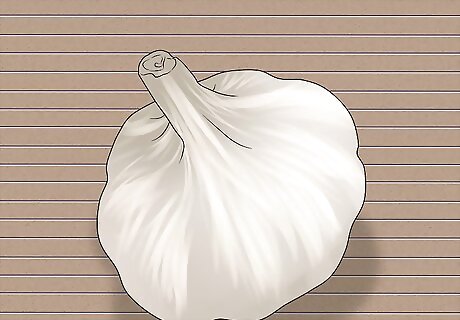
Try garlic. Garlic has antibacterial and antiseptic properties. This can help if you have a bacterial infection. You can either take garlic supplements or add fresh garlic to your food. Do not insert garlic into your vagina. This is another popular home remedy that has no proven benefit. You can also take a garlic supplement of 300 mg.

Take an apple cider vinegar bath. Apple cider vinegar has been shown in studies to kill yeast, such as Candida. Apple cider vinegar also helps keep your vagina at a healthy acidic level. Just remember never to put undiluted apple cider vinegar on your vagina. Add two cups of apple cider vinegar to a few inches of warm bath water. Sit in the bath for 20 to 30 minutes every day. Afterwards, pat dry with a clean towel.
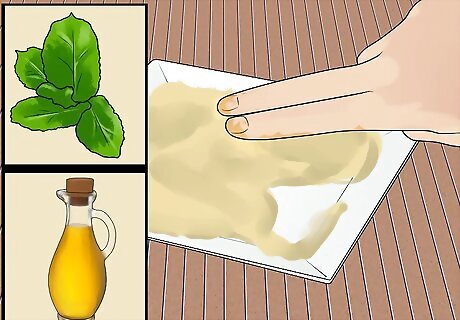
Use oregano oil. Oregano oil is a common alternative treatment used in folk medicine. It has been shown to have antibacterial and antifungal properties, which could help if you have burning due to a bacterial or fungal infection. Mix three to five drops of oregano oil with one tablespoon of olive oil or castor oil. Use your fingers to apply to your vagina and vulva. You can also take an oregano oil supplement. You can take 500 mg twice a day.
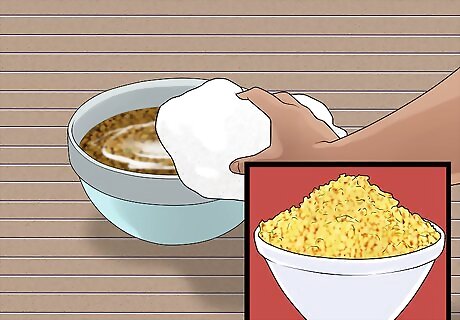
Try fenugreek. Fenugreek is a folk remedy used with many conditions. Fenugreek seeds are believed to be soothing and help relieve irritation, swelling, and pain. Soak three tablespoons of fenugreek seeds in one liter of warm water overnight. Soak a cotton towel in the liquid and apply to the vulva and vaginal area for 30 minutes. Repeat twice a day.



















Comments
0 comment